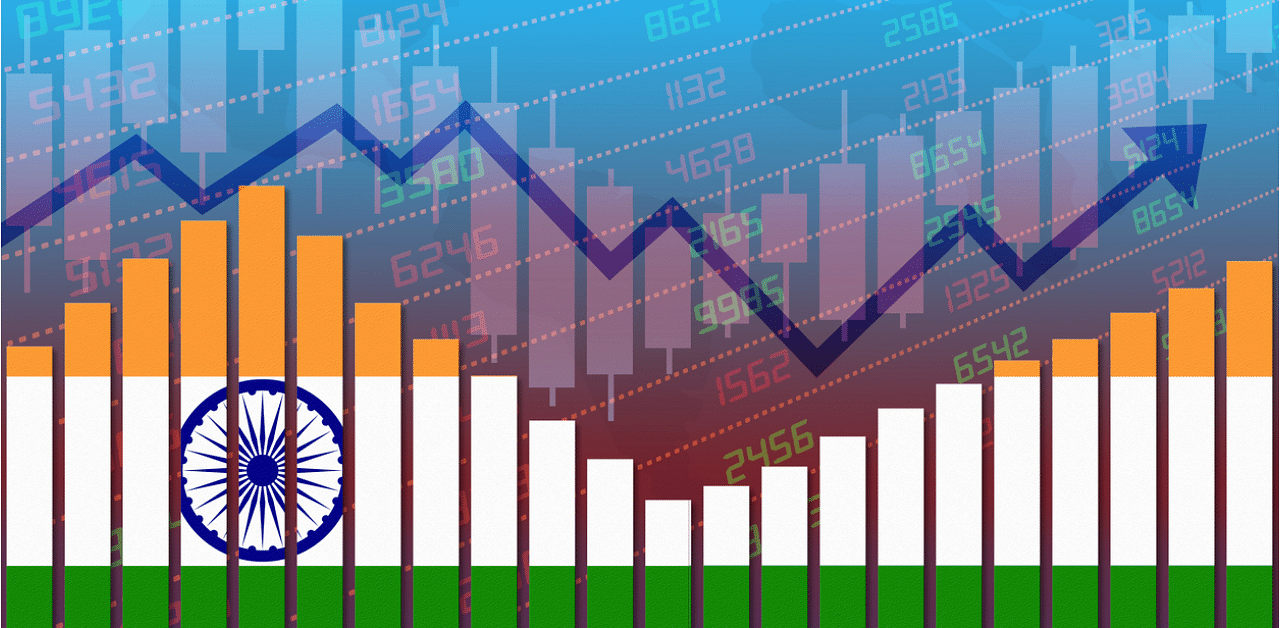
India's economy is expected to grow up to 9.5 per cent in the financial year 2021-22, ending March 2022, according to various estimates, including that of the Reserve Bank of India if the Omicron variant does not have any significant impact. The economy is likely to benefit from the low base effect of last year. Higher inflation (GDP deflator) is expected to lead to higher GDP growth.
The government will release its first advance estimates of the gross domestic product of the current fiscal on Friday. The numbers, coming almost three weeks before Finance Minister Nirmala Sitharaman presents the Union Budget, are important as the Budget will use these for assuming GDP growth rate for the next financial year, on the basis of which crucial numbers such as tax collection estimates and fiscal deficit projections will be calculated.
Higher tax and non-tax revenues of the government have so far kept the fiscal deficit within check and it is expected to go down to 6.6 per cent of GDP in 2021 from the budgeted 6.8 per cent.
The State Bank of India business activity index is at its all-time high 117.3 for the week ended January 3, indicating that economic activities have so far not got affected by the sudden bout of infections. The index has been above pre-Covid level since mid-July barring minor infections.
A host of incoming high-frequency indicators such as air traffic, steel consumption and domestic auto sales, excluding commercial vehicles, have surpassed pre-pandemic levels. Consumer confidence in the economy is gradually returning, the RBI survey shows.
The agriculture sector, which showed resilience throughout the first and the second waves of the pandemic, is likely to grow 3.5 per cent in the current financial year. Manufacturing and services sectors, barring contact services, have shown improvement but according to RBI, Omicron has emerged as the biggest risk factor.
Officials are optimistic that the advance estimates for the current year may be set at about 9 per cent as the government remains positive about production lines running by and large smoothly despite Covid cases rising fast. "The economy may not come to a standstill like the first and the second waves," an official told DH.
Check out DH's latest videos
